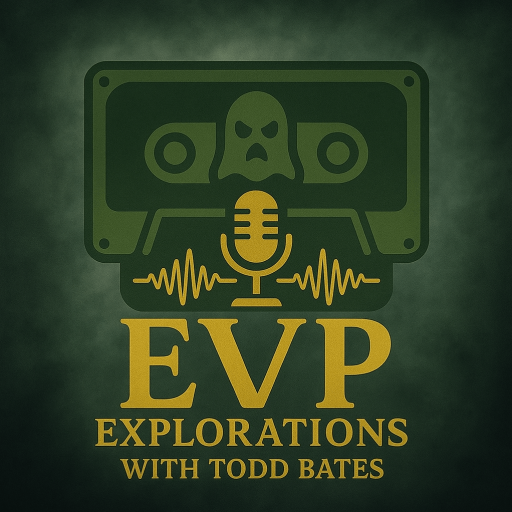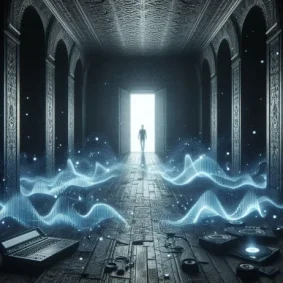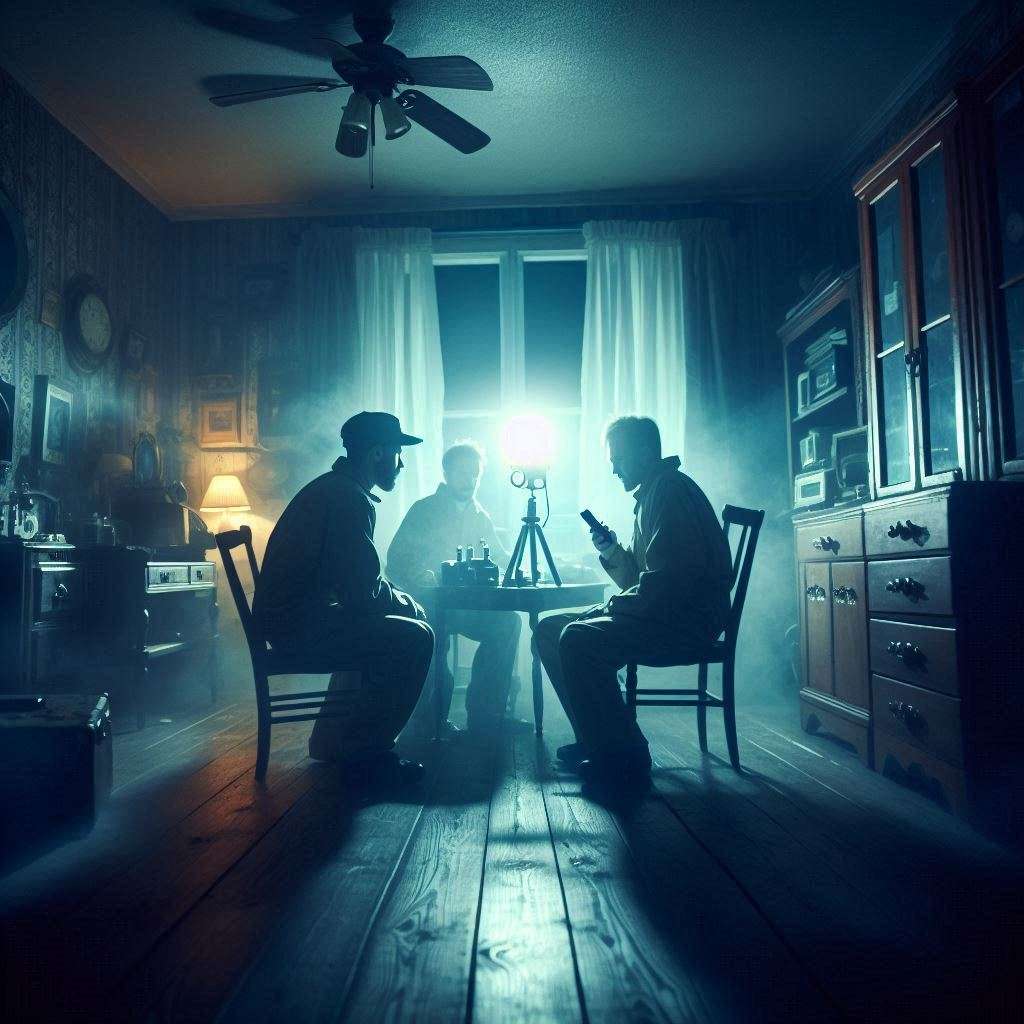Sound is an essential part of our everyday lives, allowing us to communicate, perceive our environment, and even explore the unknown—such as in the case of Electronic Voice Phenomenon (EVP). Understanding how sound travels, as well as the frequencies involved, can help EVP researchers refine their recording techniques and analyze potential evidence more effectively.
How Sound Travels
Sound is a type of mechanical wave that moves through a medium (such as air, water, or solids) by causing vibrations. These vibrations travel as longitudinal waves, meaning the particles in the medium move parallel to the direction of the wave’s motion. Unlike light, sound cannot travel through a vacuum, as it needs a physical medium to propagate.
The speed of sound varies depending on the medium:
• In air (at 20°C/68°F), sound travels at about 343 meters per second (1,125 feet per second).
• In water, sound moves much faster, at approximately 1,480 meters per second (4,856 feet per second).
• In solids, such as steel, sound can travel as fast as 5,960 meters per second (19,555 feet per second).
This variation is important for EVP recording because different environments may impact the way sounds are captured, distorted, or even misinterpreted.
The Frequency Spectrum of Sound
Sound frequency is measured in Hertz (Hz), which represents the number of sound wave cycles per second. The human ear can detect a range of frequencies, but many sounds exist beyond our ability to perceive. This is crucial in EVP research, as some believe that paranormal voices could exist in frequencies outside normal human hearing.
Human Hearing Range
The average human can hear frequencies between 20 Hz and 20,000 Hz (20 kHz). However, this range narrows with age, as higher frequencies become harder to detect over time.
Infrasound: Below Human Hearing (<20 Hz)
• Infrasound consists of extremely low-frequency sounds, typically ranging from 0.1 Hz to 20 Hz.
• Though inaudible to humans, infrasound can still be felt as vibrations or pressure changes.
• Natural sources of infrasound include earthquakes, thunderstorms, and ocean waves. Some researchers speculate that infrasound could play a role in paranormal experiences, as it has been linked to feelings of unease, dizziness, and even hallucinations.
Ultrasound: Above Human Hearing (>20 kHz)
• Ultrasound consists of frequencies above 20,000 Hz.
• Many animals, including bats and dolphins, use ultrasound for communication and echolocation.
• Some electronic devices, such as motion detectors and industrial machinery, can produce ultrasound, which may interfere with EVP recordings.
How This Relates to EVP Recording
Many EVP researchers believe that paranormal voices may exist in frequency ranges outside normal human hearing. Because of this, some investigations focus on capturing both infrasound and ultrasound using specialized recording equipment.
Recording EVP at Different Frequencies
1. Standard Audio Recorders
• Most digital and analog recorders capture sound within the human hearing range (roughly 50 Hz to 15 kHz).
• This is often sufficient for capturing traditional EVP, as many reported EVPs are heard upon playback but not in real-time.
2. Infrasound Detection
• Specialized microphones and recording equipment can capture frequencies below 20 Hz.
• Some researchers believe that low-frequency EVP responses may be felt rather than heard.
3. Ultrasound and High-Frequency Recording
• Some high-end digital recorders and bat detectors can capture sound in the ultrasonic range.
• Slowing down playback of these recordings may reveal frequencies not normally heard during real-time listening.
Potential Challenges
• Background Noise and Contamination – Environmental sounds from traffic, electronics, and even the human body (such as heartbeat and breathing) can interfere with EVP recordings.
• Equipment Limitations – Not all recorders are capable of capturing the full range of frequencies where EVPs might exist. Using high-sensitivity microphones and advanced audio analysis software can help.
• Psychological and Physiological Effects – Infrasound has been linked to feelings of fear and unease, which might influence the way people interpret EVP experiences.
Conclusion
Understanding how sound travels and the different frequency ranges above and below human hearing can provide valuable insight into EVP research. By using specialized recording techniques and carefully analyzing sound data, paranormal investigators can improve their chances of capturing and interpreting potential EVPs. Whether these voices come from beyond or have scientific explanations, the study of sound remains a key element in exploring the unknown.
Stay Connected with EVP Explorations!
Subscribe to our free newsletter for the latest updates, education, tips, investigation methods, and new articles—delivered right to your inbox.
Join today and keep exploring with us!

















